How Does A Cloud First Strategy Help Clients
How does a cloud first strategy help clients. The key difference between the two is that while all-cloud focuses largely on how the cloud. The first thing to consider is the deployment modelpublic cloud private cloud hybrid cloud and multi-cloud. Reproducibility Most teams servicing dedicated hardware have an entire test environment they set up and maintain.
With Accenture Cloud First we are bringing together our knowledge and experience in Cloud from working with more than 950 clients across 34000 cloud projects in 68 countries along with more than 70000 cloud professionals from across Accenture into one integrated organization that will deliver the business value innovation acceleration and industry and technical. A by putting a clients Cloud operations entirely under the control of an external team. A cloud-first strategy allows your team to determine what they need for their software and let a build pipeline handle the tedious parts for them.
The cloud style of computing represents the best practice approach to delivering any externally facing application information or business process service as part of a digital business strategy. IOFFICEs workplace management software was built as a 100 cloud-based solution from the beginning. A cloud migration strategy is the plan an organization makes to move its data and applications from an on-premises architecture to the cloud.
How does a Cloud-first strategy approach a clients migration to the Cloud. Solve for the majority. Cloud computing can be deployed in different ways depending on what services a business actually needs.
17 2020 Accenture NYSE. C by moving applications infrastructure and data to the Cloud with speed and predictability. Theres always something that needs to be updated replaced or repaired.
The second element is the service category. Build efficiently and rightsize your environments to align with actual consumption. This approach aims at maximising cloud services benefits namely more cost-effectiveness faster implementation and improved business resilience while at the same time avoiding disruptions caused by having to replace many on-premises systems which may have been in place for years.
Fail fast and iterate. By adopting a cloud first strategy businesses can move away from maintaining and managing their own on-site technology stack.
Cloud computing can be deployed in different ways depending on what services a business actually needs.
The rapid growth of the cloud gives even the smallest businesses access to. This would be the so-called cloud-first strategy which seems to be playing out on the application layer rather than in end-to-end infrastructure deliberations. Cloud computing can be deployed in different ways depending on what services a business actually needs. A cloud-first strategy allows your team to determine what they need for their software and let a build pipeline handle the tedious parts for them. A cloud-first strategy allows businesses to save money on software platforms and infrastructure. The first thing to consider is the deployment modelpublic cloud private cloud hybrid cloud and multi-cloud. Not all workloads benefit from running on cloud-based infrastructure so it is important to validate the most efficient way to prioritize and migrate applications before going live. This approach aims at maximising cloud services benefits namely more cost-effectiveness faster implementation and improved business resilience while at the same time avoiding disruptions caused by having to replace many on-premises systems which may have been in place for years. Reproducibility Most teams servicing dedicated hardware have an entire test environment they set up and maintain.
Build efficiently and rightsize your environments to align with actual consumption. C by moving applications infrastructure and data to the Cloud with speed and predictability. The benefits of applying a cloud-first strategy include cost savings scalability improved productivity and collaboration and improved recovery abilities. The cloud style of computing represents the best practice approach to delivering any externally facing application information or business process service as part of a digital business strategy. By bringing multiple services together to serve the clients business needs. This approach aims at maximising cloud services benefits namely more cost-effectiveness faster implementation and improved business resilience while at the same time avoiding disruptions caused by having to replace many on-premises systems which may have been in place for years. A cloud-first strategy allows businesses to save money on software platforms and infrastructure.

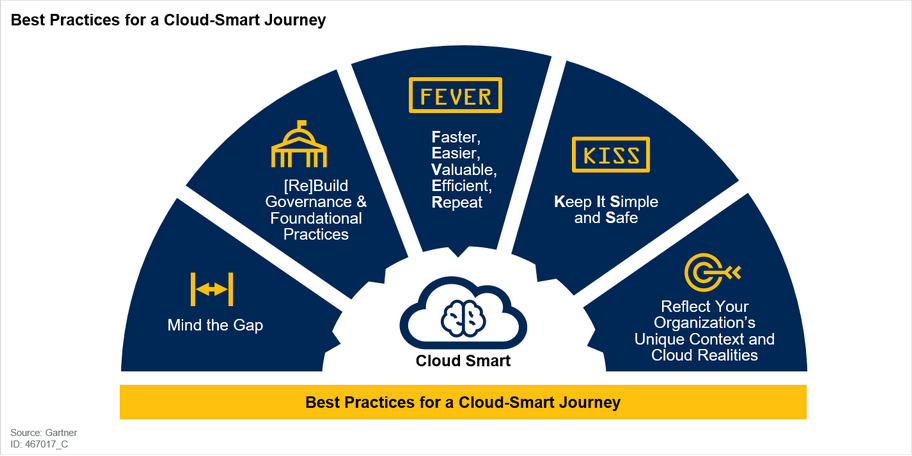









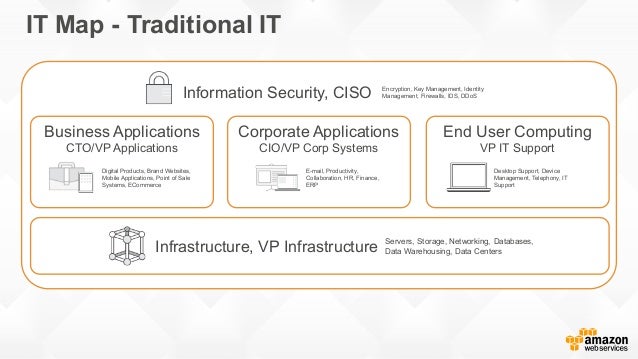




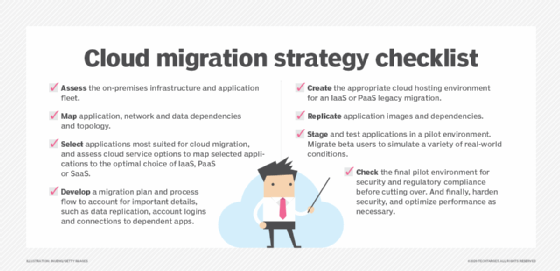
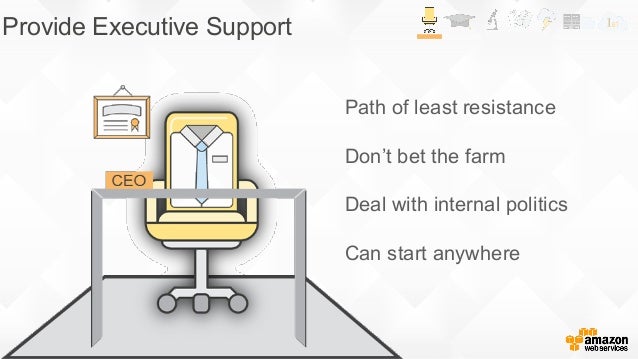

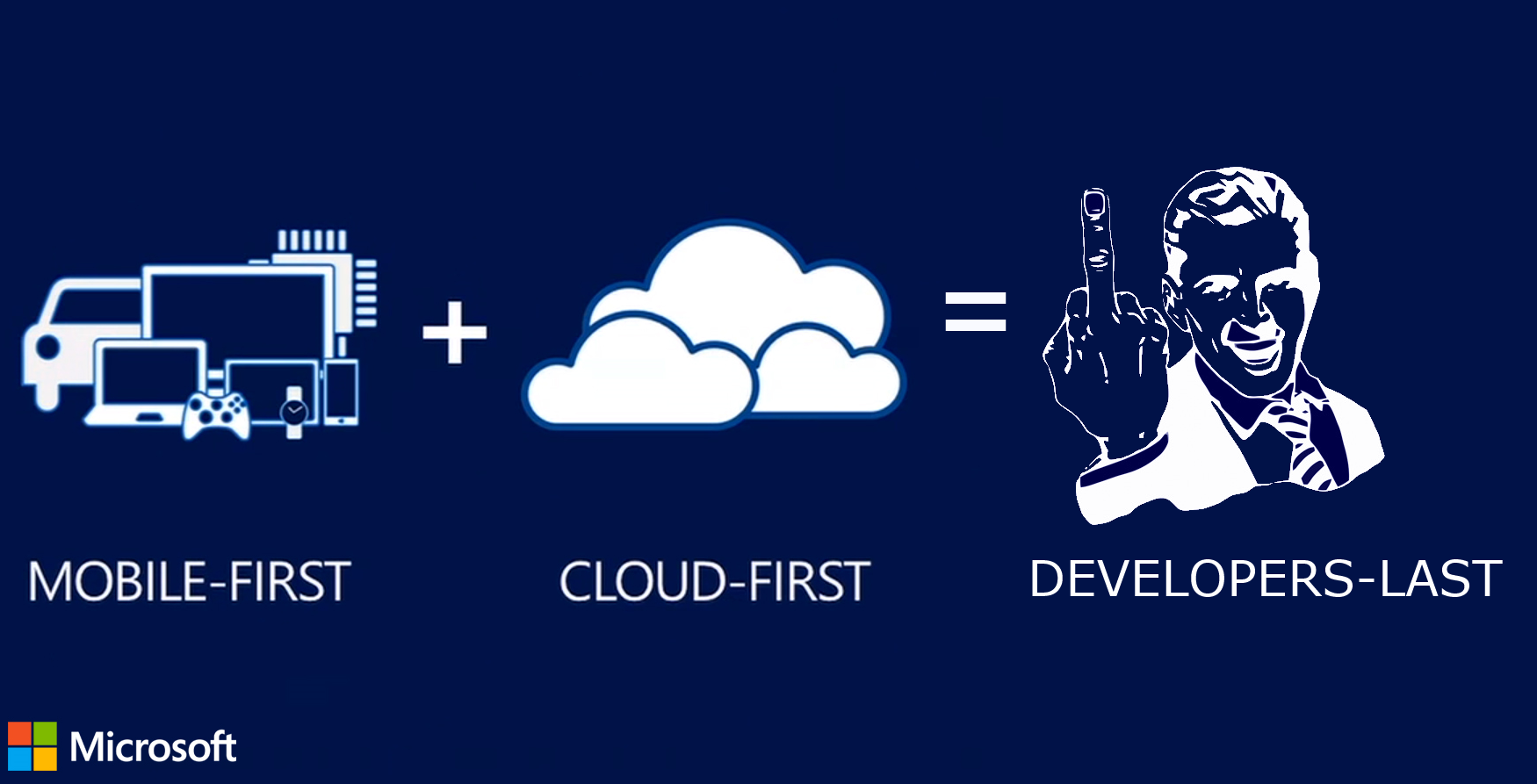






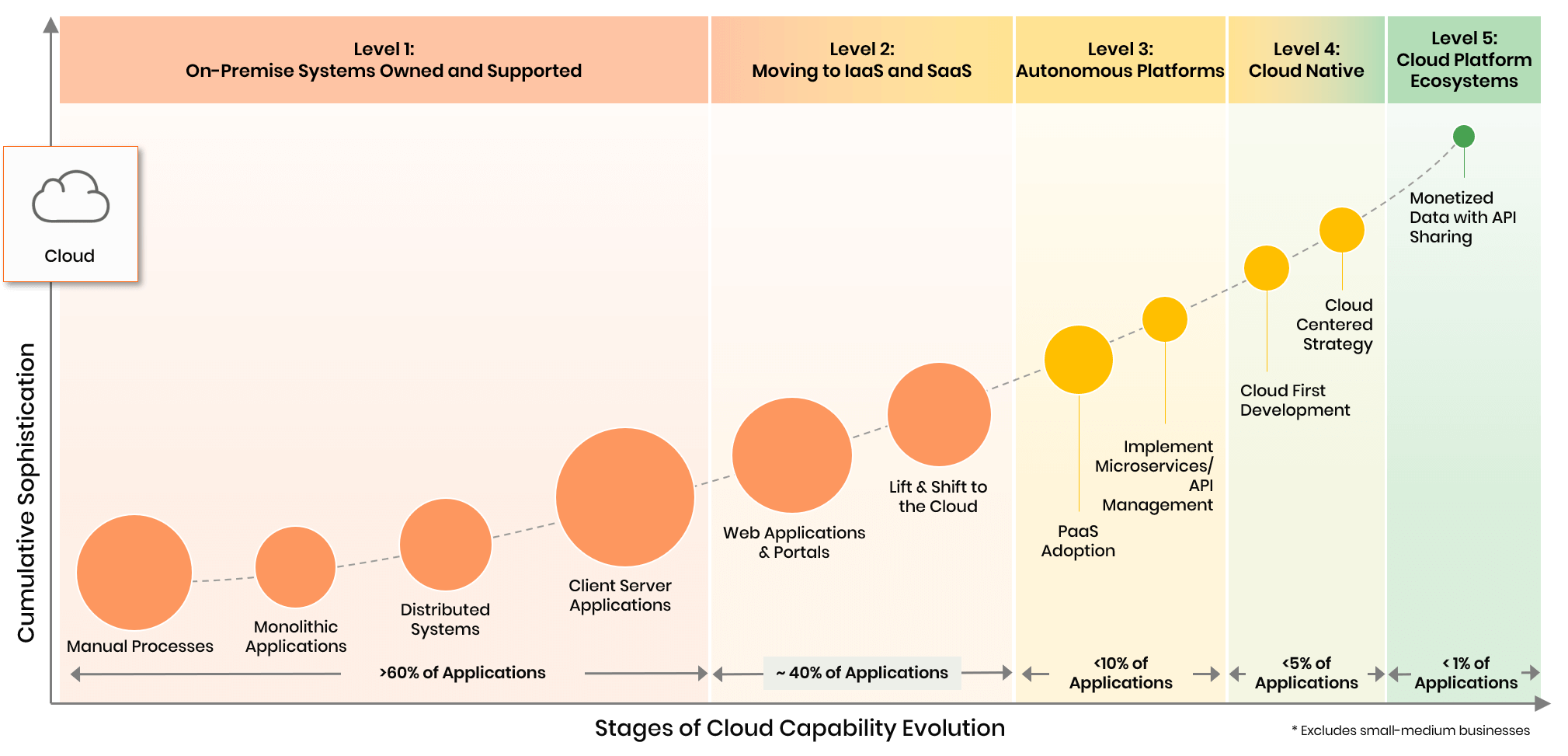

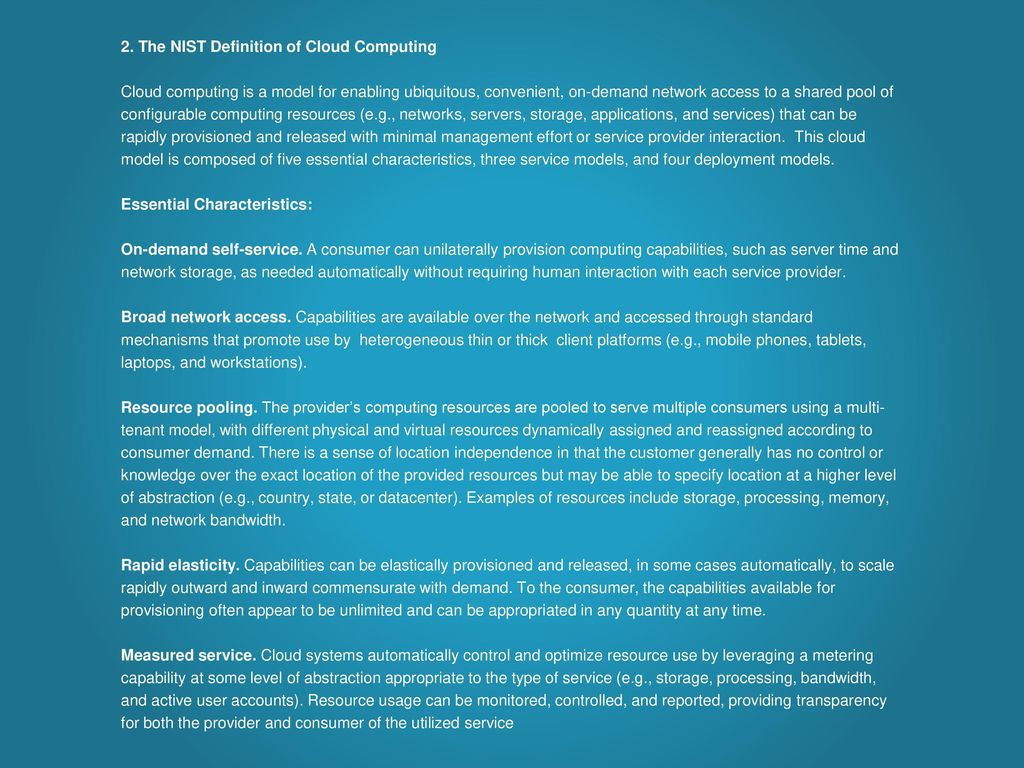













Post a Comment for "How Does A Cloud First Strategy Help Clients"